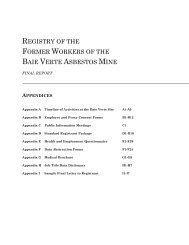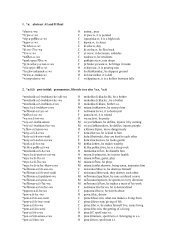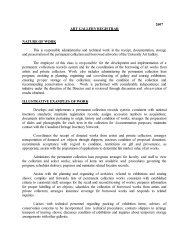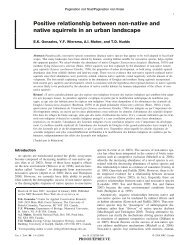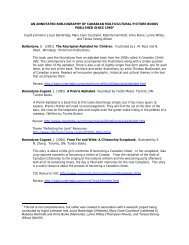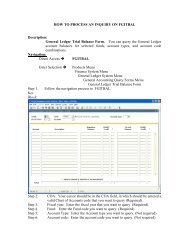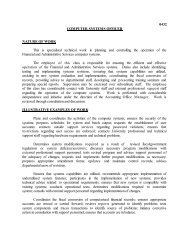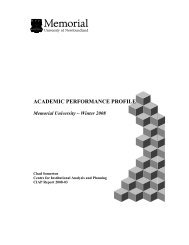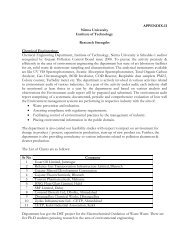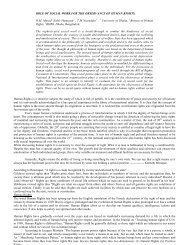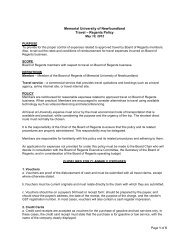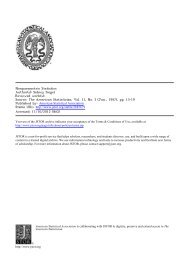Create successful ePaper yourself
Turn your PDF publications into a flip-book with our unique Google optimized e-Paper software.
180. <br />
The numbers <strong>of</strong> "mice" in the fourth quarter <strong>of</strong> that year were rated by them<br />
as follows: extremely many - 33.3% <strong>of</strong> replies; many - 41.7%; average<br />
16.7% and few 8.3%. When making comparison with the same period <strong>of</strong><br />
the preceding year, replies stated: more - 53.8%, just as many - 36.5%<br />
and fewer 7.7%.<br />
The fluctuations in the numbers <strong>of</strong> the ermine should be related<br />
not only to changes in the rate <strong>of</strong> infection by Skrjabingylus nasicola, but<br />
also to food supplies, which remain the chief regulating factor.<br />
Under<br />
certain circumstances skrjabingylosis may have a pr<strong>of</strong>ound influence on the<br />
dynamics <strong>of</strong> the ermine stock, and in our view, this factor explains the<br />
situations sometimes observed, where, despite relatively favourable supplies<br />
<strong>of</strong> food, ermine numbers show a decline, instead <strong>of</strong> the expected small rise<br />
or stabilisation.<br />
In the lean years skrjabingylosis makes a bad situation<br />
even worse, such as happened, for example, in the <strong>Vol</strong>ogod Region in 1940.<br />
The catastrophic decline in the ermine stock at the time <strong>of</strong> the 1940-41<br />
hunting season must be attributed to the simultaneous action on the population<br />
<strong>of</strong> two unfavourable factors:<br />
starvation, as a result <strong>of</strong> the almost<br />
total absence <strong>of</strong> small rodents in 1939-40, and heavy invasion by Skrjabingy<br />
Ius nasicola (on average 24 specimens per ermine).<br />
Even less is known about the infectious diseases which from time<br />
to time take a heavy toll among the stock <strong>of</strong> game birds and animals.<br />
study <strong>of</strong> epizoatics <strong>of</strong> wild animals is important not only from the economic<br />
point <strong>of</strong> view, but also in the interests <strong>of</strong> national health, since certain<br />
<strong>of</strong> these diseases are also infectious to man, such as tularaemia.<br />
The<br />
reservoirs and main vectors <strong>of</strong> the tularaemia bacterium are murine rodents,<br />
so medical workers and biologists are concentrating on this group <strong>of</strong><br />
mammals.<br />
Yet the list <strong>of</strong> wild animals susceptible in various degrees to<br />
tularaemia is long and varied, including certain amphibians, reptiles,<br />
birds and many mammals belonging to different orders.<br />
The VIEM tularaemia



